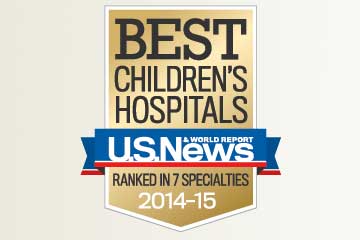Orange County is one of the sunniest places in California, with hundreds of sun days per year. With that comes the need for protection. Improper protection can increase risk for skin cancer. To ward off harmful UVA and UVB rays, use about an ounce of sunscreen for each area of exposed skin, i.e. leg or arm.
THE RIGHT NUMBER
SPF stands for Sun Protection Factor. It should be applied liberally and more often than most people think. Apply sunscreen 30 minutes before going out in the sun, and use at least SPF 30. Reapply every two hours.
MORE ABOUT MELANOMA
Melanoma accounts for 4% of all skin cancers. Malignant (life-threatening) melanoma starts in cells that produce pigment (color) in skin. It usually begins as a mole that turns cancerous. People with all skin types may be affected, but those who are fair-skinned and burn easily are at a higher risk.
THE ABCD’S OF MOLES
Although melanoma is still rare in kids, parents should make checking for moles part of their monthly routine. Look for Asymmetry, Border, Color and Diameter.
With early detection, melanoma is curable, so be safe and use common sense in the sun:
- Apply sunscreen, even on infants 6 months and older
- Wear wide-brimmed hats
- Protect your eyes; wear sunglasses
FAST FACTS
- Cases of skin cancer in the U.S. every year: 1.3 Million
- Percentage of sun rays blocked when SPF 30 is applied: 90%
- Time of day when the sun is the strongest: 10am – 4pm
















